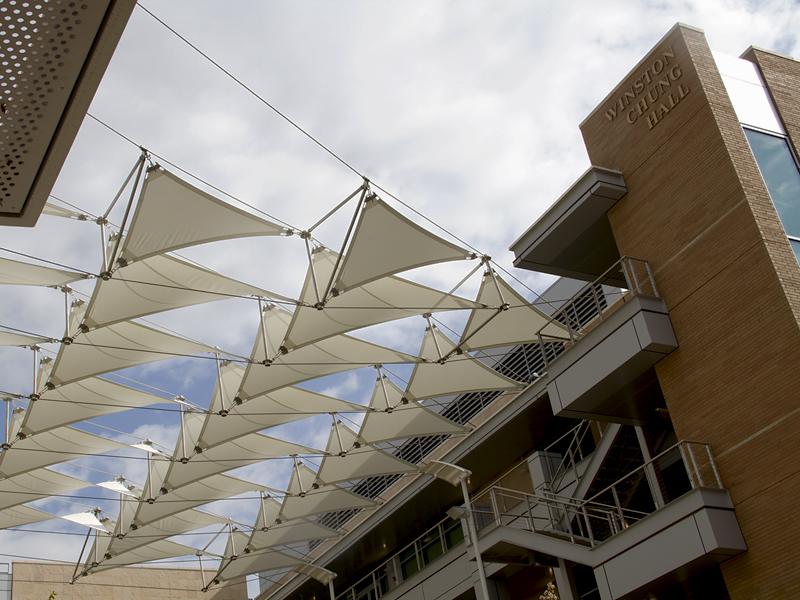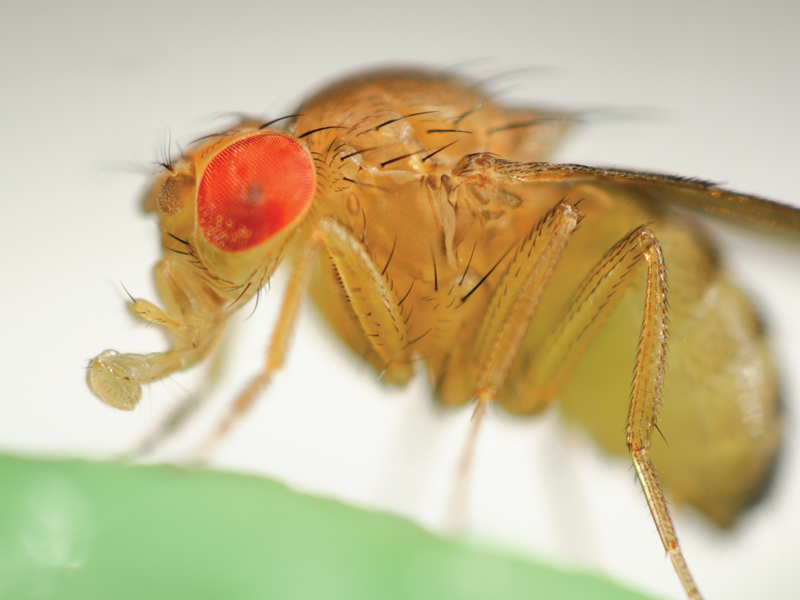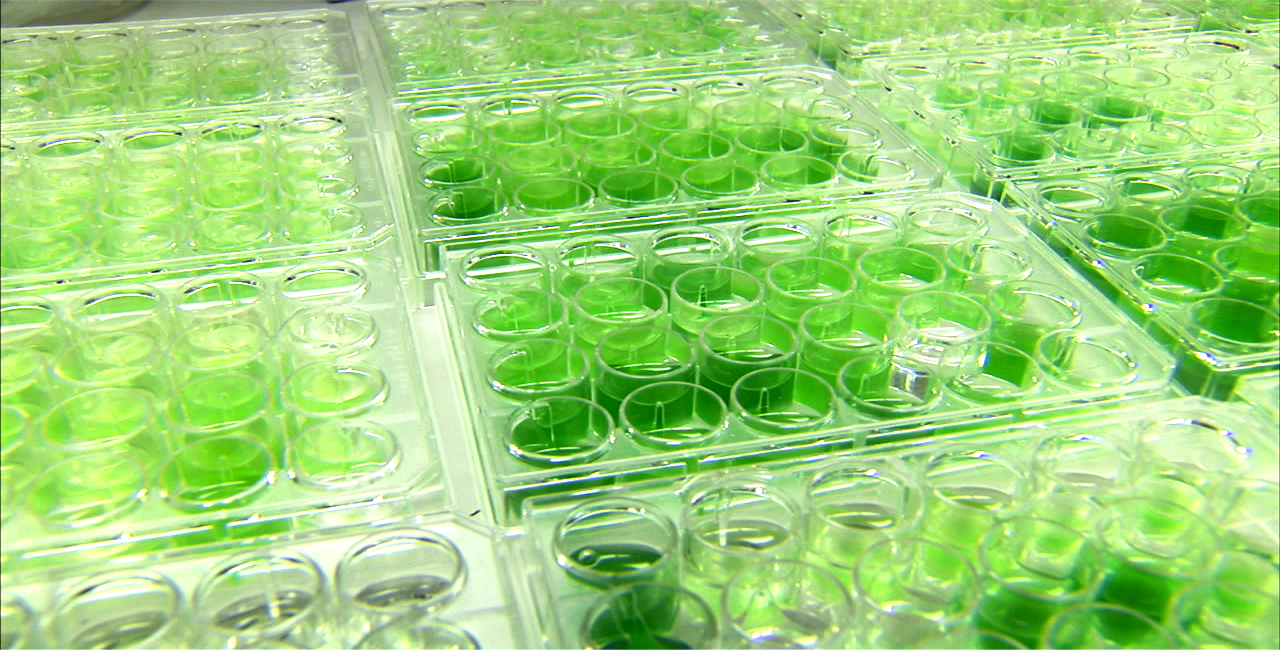
UCR: BCOE students participate the most in faculty-mentored research
Approximately 12.5 percent of the undergraduate student body participated in faculty-mentored research during the 2011-2012 school year, according to a study conducted by UCR Office of Undergraduate Education (UE). The results revealed that student participation in research differs between colleges, with BCOE at 21 percent, SOBA at 15 percent, CNAS at 13 percent and CHASS at 11 percent.
Vice Provost for Undergraduate Education Steven Brint and Director of the UE Office of Undergraduate Research Veronica Rorive co-authored the study. According to Brint, the six-month study is the most accurate of its kind at UCR.
“We feel confident that our findings are more accurate than either the University of California Undergraduate Experience Survey (UCUES) or National Survey of Student Engagement (NSSE),” he said.
Brint cites the process of data collection of the aforementioned surveys as unreliable due to the process of self-reporting. The flaws of self-reporting include faulty data obtained from students who cannot adequately define faculty-mentored research.
“Our office is based on encouraging students to participate and to increase their numbers in research or creative activities,” stated Rorive. “In order to do so effectively, we needed to identify the status of undergraduate student participation on campus—hence the report. The campus serves to benefit from the study by obtaining a quantitative reference to the number of undergraduate students who are engaged in research.”
The study also shows how campus participation relates to gender and ethnicity. According to the data, BCOE enrolls 19 percent of male UCR students but only 32 percent of the them partake in research. On the other hand, CHASS enrolls 65 percent of female students and nearly 50 percent of male students, but 60 percent of the aforementioned females and 35 percent of males participate in undergraduate research.
In terms of ethnicities and demographics, the data reveals that African-American and white students participate in research at higher rates compared to Asians and Hispanics.
Now that a base line has been set by 12.5 percent of undergraduates, Brint has set his hopes on 20 percent as a new goal. “There is nothing magical about this number,” he said. “I wanted to pick a reachable goal … that we can reach over the next two to three years, particularly if we find a way to count volunteers. Once we achieve this goal, we will shoot for 25 percent.”

UCSB: Fruit fly research yields results for maintaining stem cells
UCSB researchers have identified a protein molecule that is instrumental in governing the production of specific cell types. Such a find is crucial to the progress of stem cell research. By studying Drosophila, otherwise known as fruit flies, Professor of Molecular Cellular and Developmental Biology at UCSB Denise J. Montell and her colleagues found that the protein called Castor helps maintain follicle stem cells (FSCs) in the insect.
“This research implicates the gene Castor in stem cell maintenance for the first time,” stated Montell. “Humans also have a gene like Castor and this work raises the possibility that Castor is an important stem cell factor in humans, too.”
The team used fruit flies because they could easily see stem cells in their native environments, which is not possible with human stem cells and more difficult with other animals, she explained.
“It is very common to discover something in fruit flies that turns out later to be very important for human health,” Montell stated. “The gene Hedgehog is a perfect example.”
The Hedgehog gene, according to the website of the Proceedings of the National Academy of Sciences of the United States of America, functions in a genetic circuit with Castor “to determine specific progeny cell fates.”
With the progress made through analyzing the fruit fly, the researchers want to continue by testing the same genes or genetic circuit in mice and human stem cells.

UCSD: Algae research conducted for medical uses
In an attempt to produce a vaccine for malaria by using genetically engineered algae, biologists at UC San Diego have instead discovered ways to use algae for other possible illnesses.
According to the UC Newsroom, mice that were fed the algae—which was altered by the researchers to produce a two-protein combination that would help an organism fight malaria—”developed Immunoglobulin A (IgA) antibodies to both the malarial parasite protein and to a toxin produced by the cholera bacteria.” However, these antibodies are not developed in the bloodstream which is the entryway of malaria. Instead, they were developed in the gut and mucosal linings.
“We are not giving up on malaria but clearly other diseases that come through the gut will now also be a focus [by finding the correct protein domains],” stated Professor of Molecular Biology Stephen Mayfield who headed the study.
When asked whether or not this meant that algae would be taken out of the equation for a malaria vaccine, Mayfield stated that he feels it actually means the opposite. He feels that more than ever, algae can provide a way to find a possible treatment.
Mayfield and his team already have other fusion proteins that they are considering and are currently testing. One of the reasons the researchers are working with algae is because it will help in providing a cheap form of treatment, if delivered orally.
On the website for the American Society of Microbiology, where the groups findings are posted, it is stated in the study abstract that “Algae are a promising low-cost system for producing vaccines that can be orally delivered, thereby avoiding expensive purification and injectable delivery.”
Mayfield contends, “I just do not see any way to make a vaccine cheap enough to treat two billion people—who have very limited resources—if we don’t go this route [of oral vaccination].” The study of algae gene synthesis took approximately nine months.








